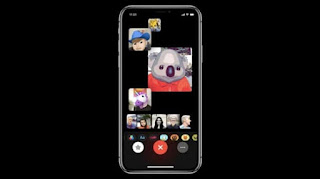The advent in technology made things grow smaller. Computers, TV sets and portable memory devices were bigger in the past, but now have become reasonably smaller. How can cameras remain far behind? At the University of Stuttgart, German engineers have developed a camera that’s so small that it can even be injected inside a human body only with the help of a syringe.
The engineers used a 3D printer for developing this technology. They are hopeful that the new invention will prove to be “paradigm shift” in this tech. The camera invented by these engineers is in fact a micro-camera. So, you might certainly be curious to know how “big” it is. Here are the figures. The camera is only 120 micrometers, (nearly 0.004 inches) in width. And it has the capacity of grabbing images at a distance of even 3mm away. Once the images are captured, it can send back them to doctors through a 5.6-foot optical fiber.
If the camera is to be used, the doctors will first inject it inside the patient. It will send back the findings, of course, without triggering a lot of pain to them.
In May last, scientists from three universities came together to build an “ingestible origami robot”. This works like “magic” healing the patient from inside. Researchers at Tokyo Institute of Technology, University of Sheffield, England and Massachusetts Institute of Technologyhave developed this tiny robot. The robot is able to “unfold itself from a swallowed capsule and, steered by external magnetic fields, crawl across the stomach wall to remove a swallowed button battery or patch a wound.”


No comments:
Post a Comment